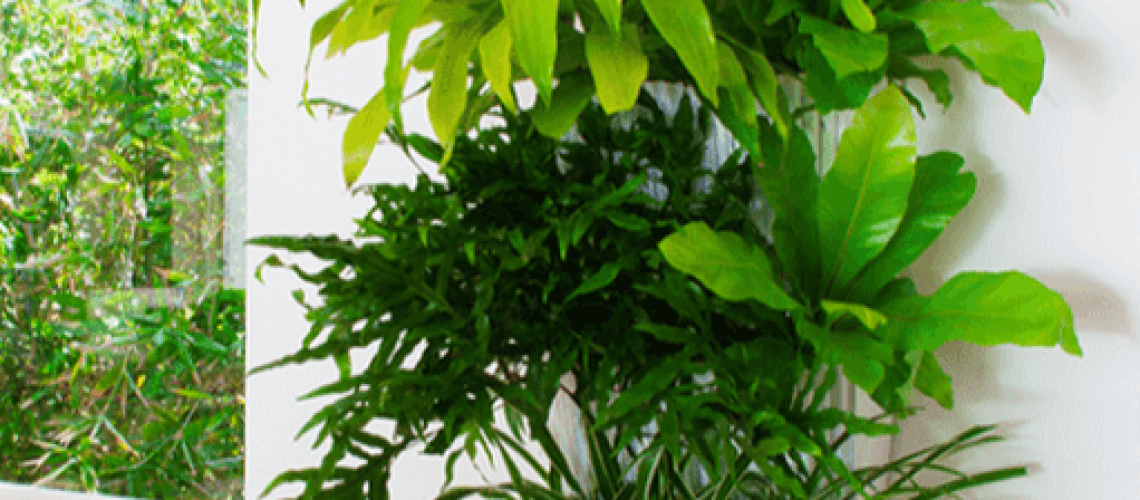There are some amazing benefits from growing plants indoors:
- Plants can reduce anxiety, depression and stress.
- They purify the air, removing VOCs (volatile organic compounds) which can be released by our furniture, paint, carpets and cleaning products.
- They are good for your emotional well-being. It is very therapeutic to nurture and care for something living.
In saying that, it doesn’t give you much of a warm fuzzy feeling, when your little green friend turns up its toes and dies. This survival guide has some tips that should help with your nurturing, so your plants can stick around for the long term, letting you reap all the benefits.
LIGHT
As a general rule, plants need light that is bright enough to read a book by. Take note of how the light in the room changes between Winter and Summer, plants may need a holiday to another spot at varying times. Be aware that a bright North facing windowsill may get very hot, especially in Summer, and your plant leaves could burn.
WATER
Most often we kill our poor plants with kindness. We want so much for them to grow well we water them at every opportunity, making the soil at the bottom of the pot a soggy mess, then the roots begin to rot.
To find out if your plant needs a drink, stick your index finger into the soil up to the first knuckle, if it feels damp – no need to water, check in again another day soon. Water the soil as opposed to the foliage and be sure your pot has drainage holes, so any excess water can drain away.
SPECIAL NOTE: Ferns love moisture on their leaves, so feel free to give them a mist of water on their foliage every few days. This can be particularly beneficial in winter when heaters can dry out the air.
FOOD
You can water with a liquid fertiliser about once a month from mid-spring to early autumn. This will give your plants the goodness they need to grow during these months. Don’t fertilise over winter, as plants go into semi hibernation and don’t need to be fertilised at this time.
WASH
Plants convert light into energy using the green pigment in their leaves, they also have pores in their leaves that help them breathe. By keeping the leaves as dust free as possible, your plant will be free to flourish. Give them a wipe with a clean damp cloth.
INDOOR PLANTS SYMPTOMS AND REMEDIES
- Drooping leaves – The room is too dry or hot
- Brown/yellow leaves – Not enough or too much light
- Brown leaf tips – Not enough water or too much light
- Pale leaves – Not enough water or too much light
- Falling leaves – A sudden temperature change or over watering or under watering
As you’ve probably noticed, it’s not an exact science. If you keep an eye on your green babies and they start to show any of the symptoms above, try out the remedies and you should find them starting to improve in a week or two.
“There are no gardening mistakes, only experiments”
— Janet Kilburn Phillips
If you are in need of some helpful advice on your indoor or outdoor garden and plants, or are thinking of landscaping your outdoor spaces for the upcoming Spring season, don’t hesitate to contact Ali at Urban Garden Co.


